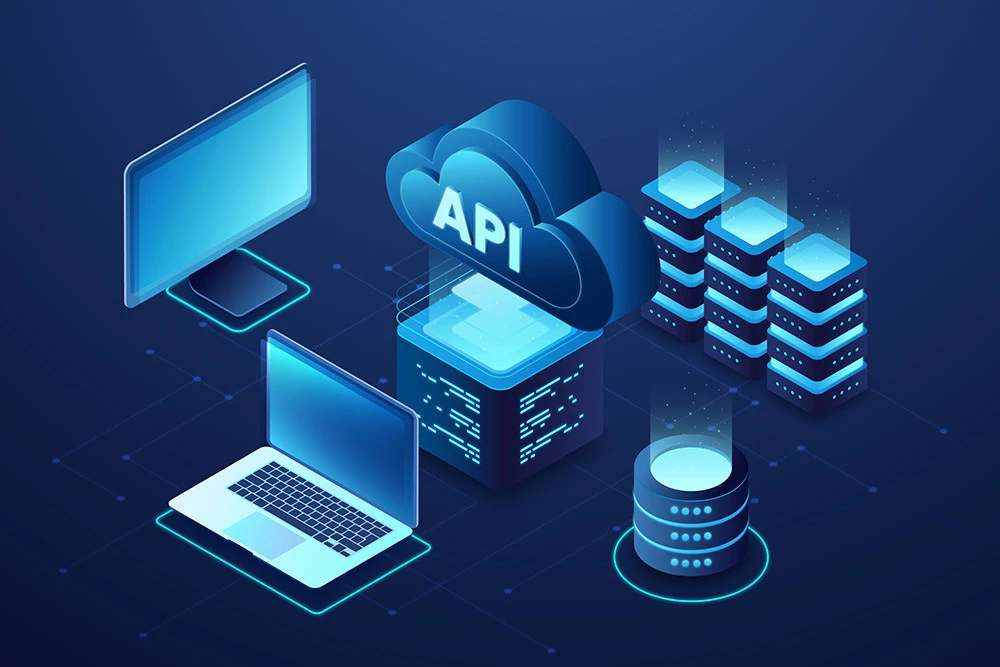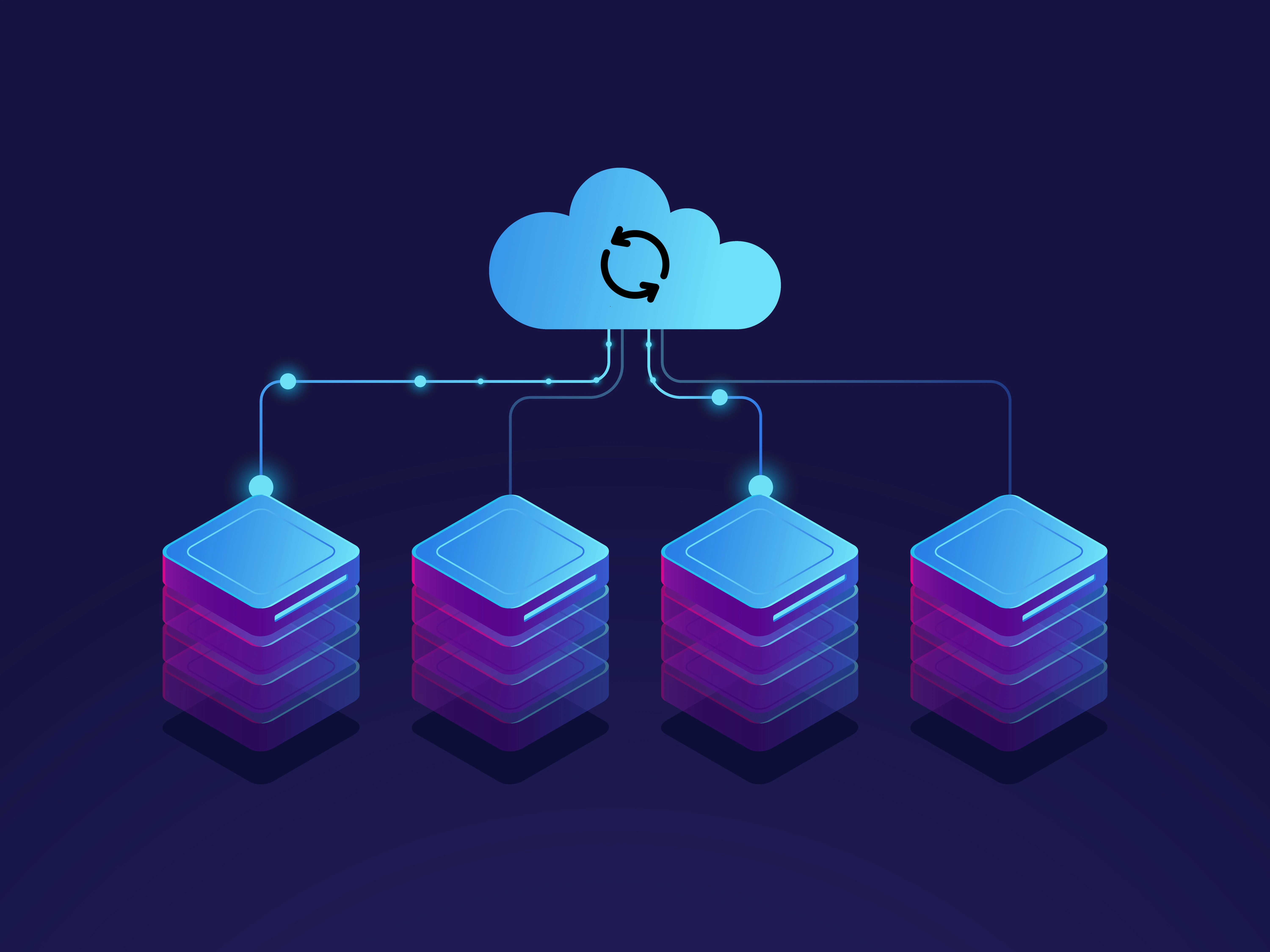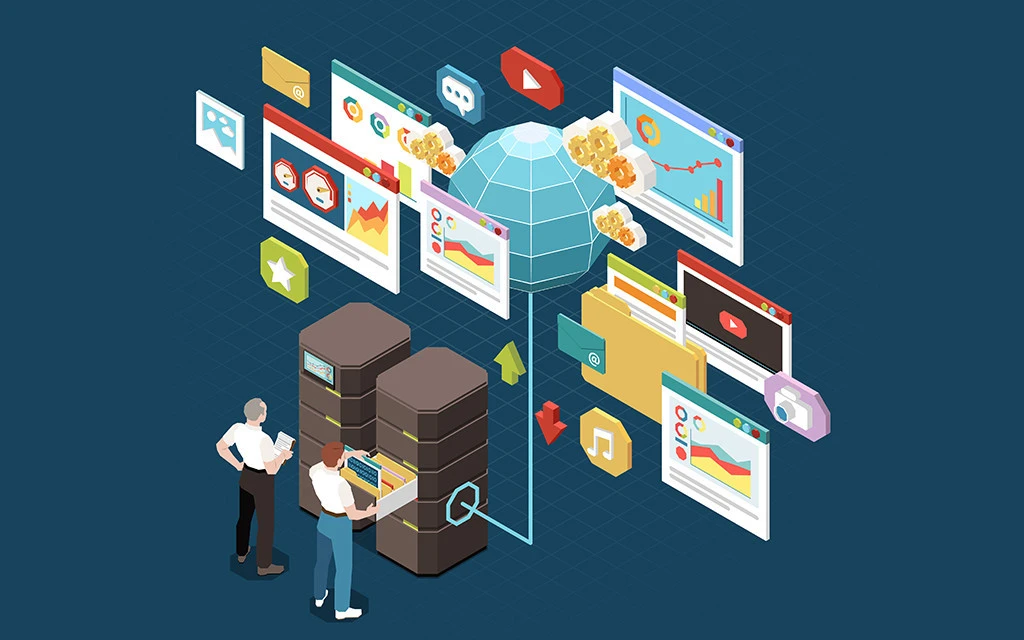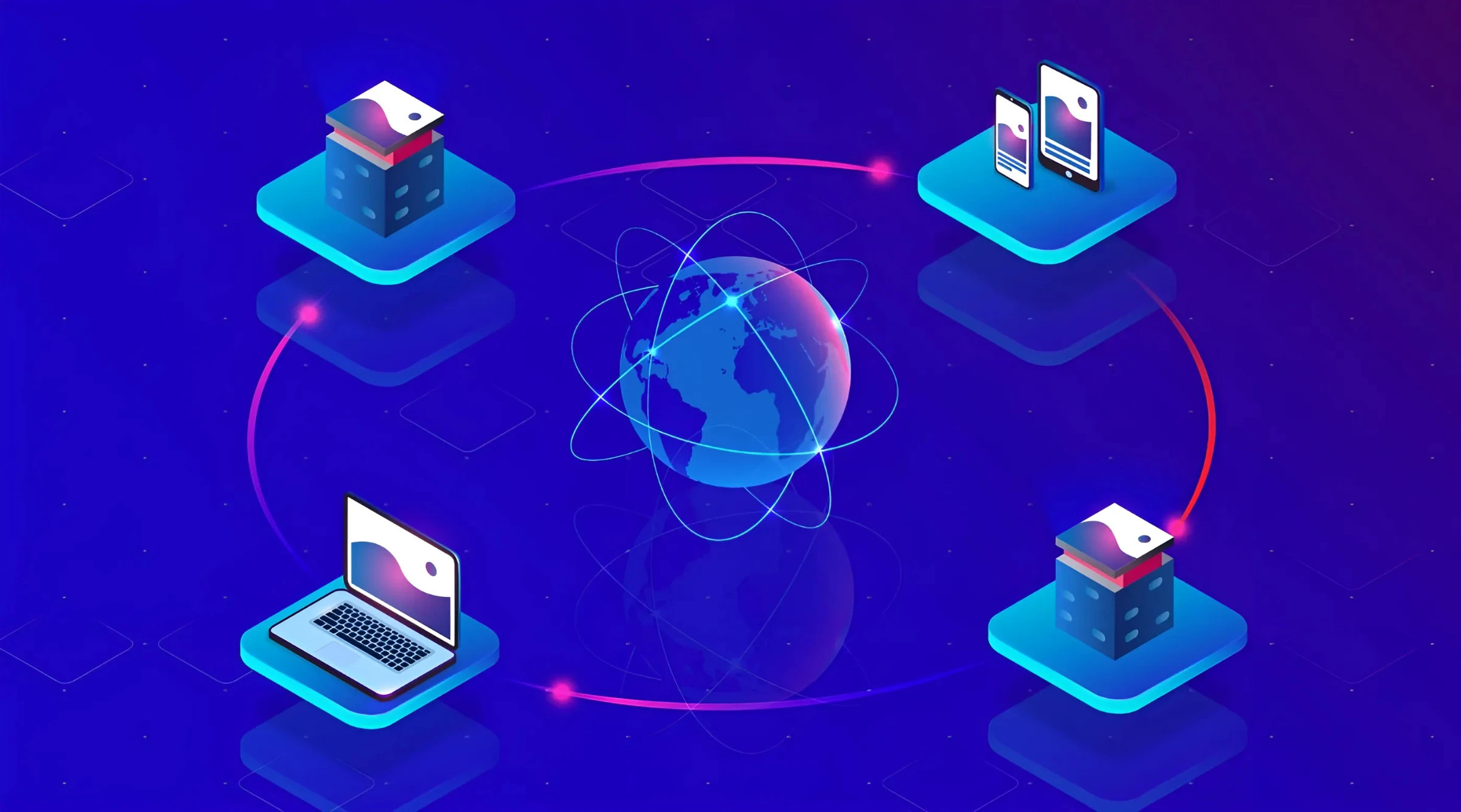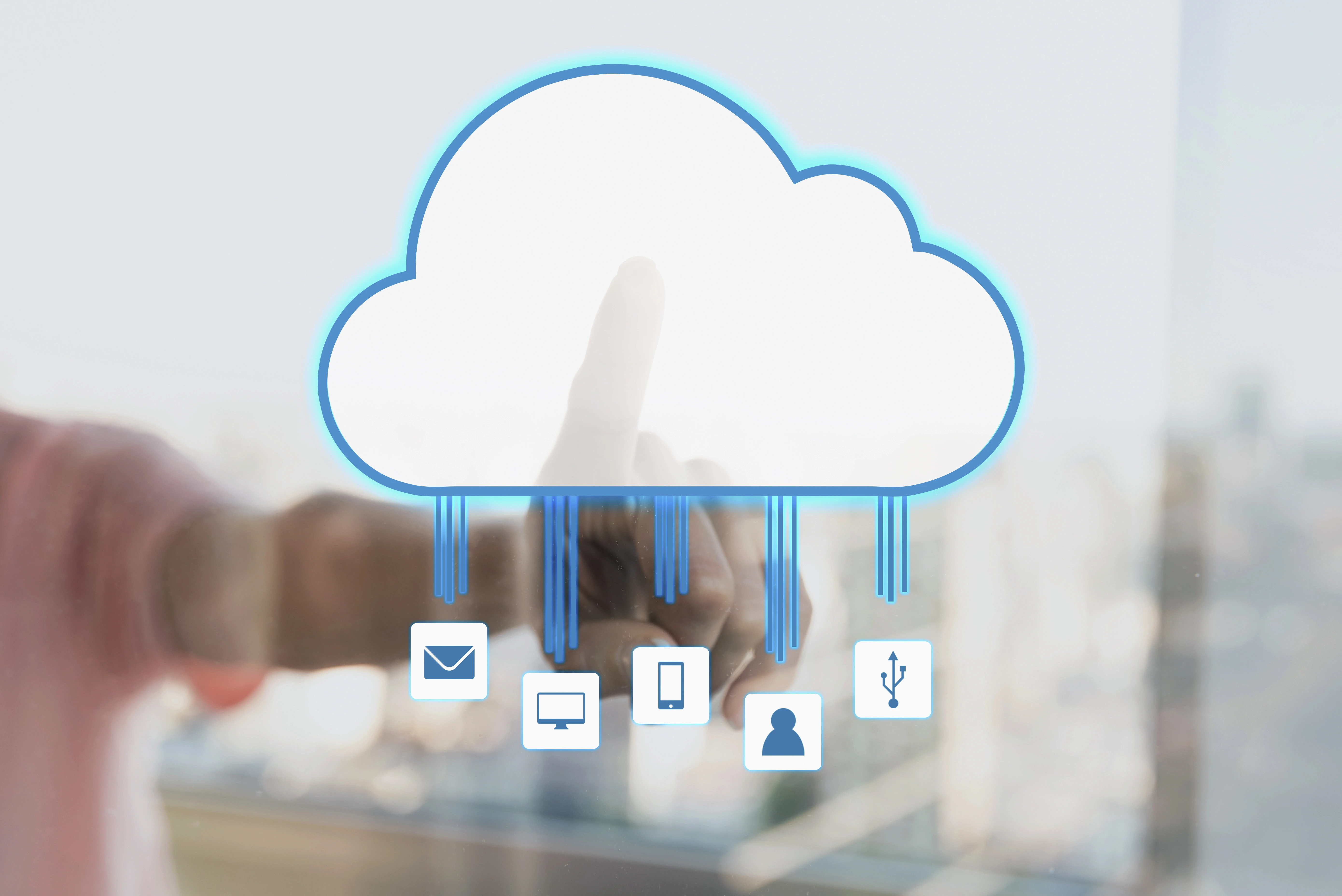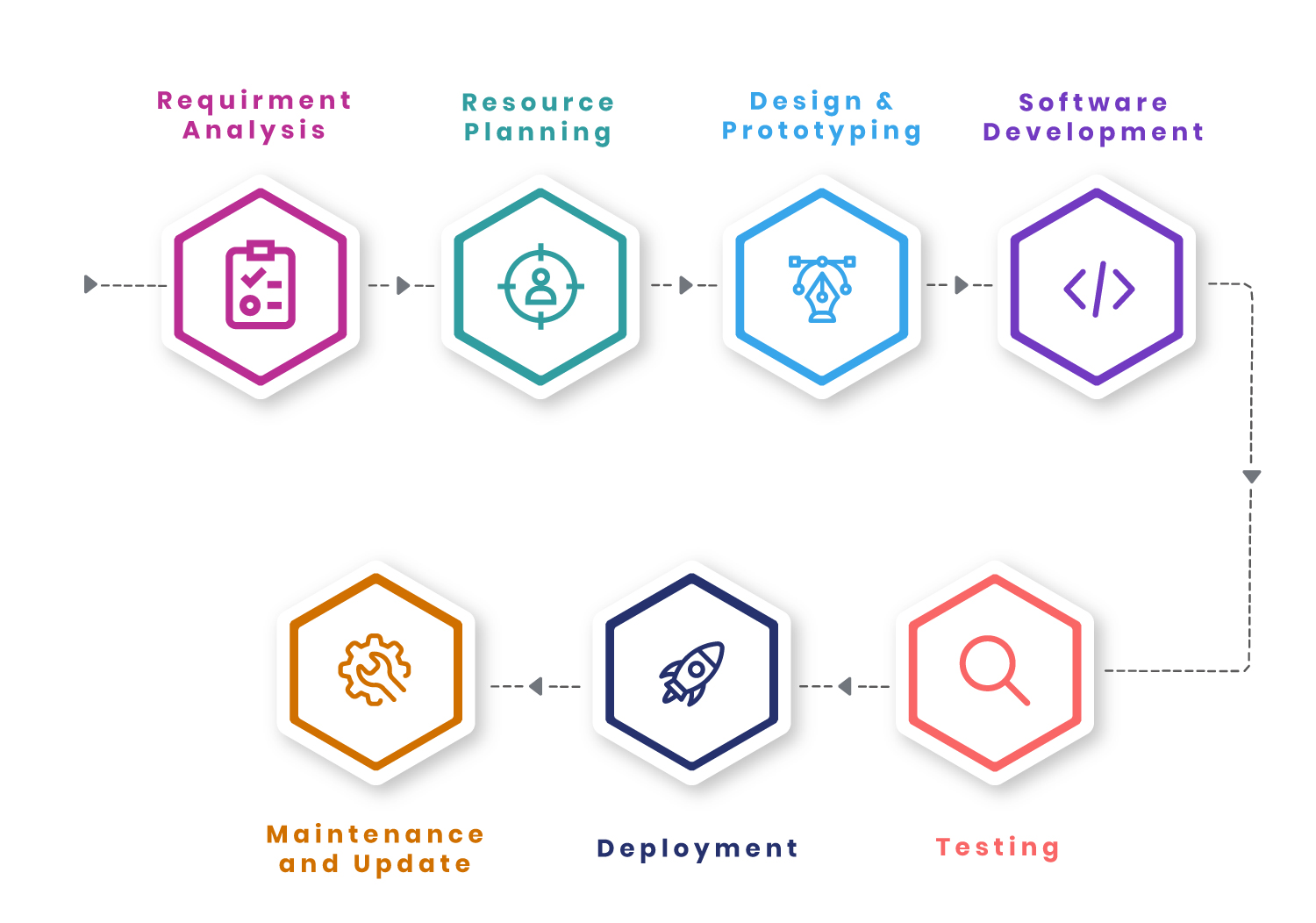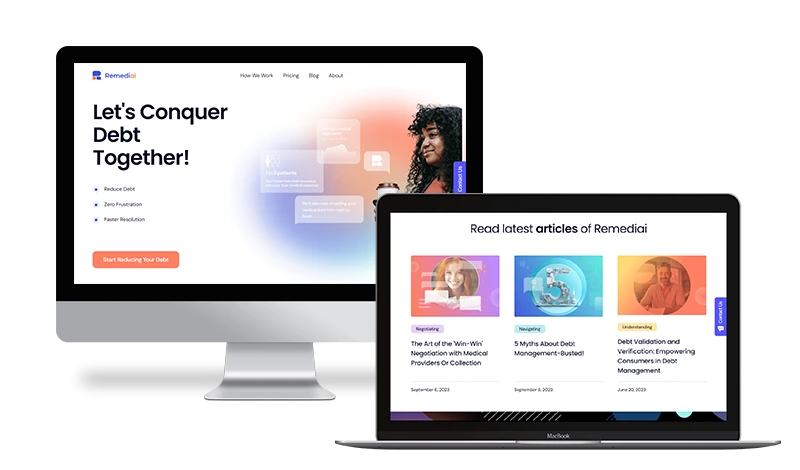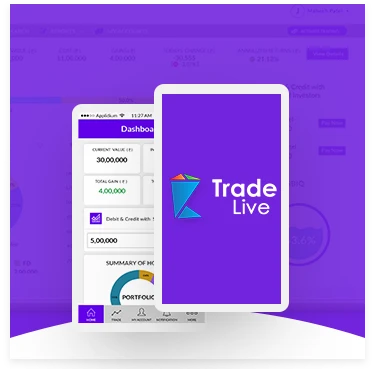Software as a Service Cloud Solution
- Accessibility:
Customers access the software via the internet, using web browsers or dedicated client applications, from anywhere with an internet connection.
- Subscription Model:
Users pay a recurring subscription fee instead of purchasing perpetual software licenses, often including updates, maintenance, and support.
- Centralized Management:
Software is hosted and maintained by the SaaS provider, relieving customers of update and maintenance tasks.
- Scalability:
SaaS applications can easily scale up or down to accommodate changing business needs, allowing for flexibility in user numbers and feature usage.
- Customization and Integration:
SaaS applications often offer customization options and integration capabilities to adapt to specific business requirements and integrate with other software systems.
- Security and Compliance:
SaaS providers prioritize security measures, including encryption and access controls, to protect customer data and ensure compliance with industry regulations.
Our SaaS Cloud Solutions
1. Enhanced Security and Compliance
-
Robust Security Measures: Our SaaS solutions incorporate zero trust security models, advanced encryption, and multi-factor authentication to protect your data.
-
Automated Compliance: We ensure your business complies with industry standards and regulations such as GDPR, HIPAA, and CCPA through automated compliance checks and reporting.
2. AI and Machine Learning Integration
-
Intelligent Analytics: Utilize advanced AI and machine learning tools to gain deeper insights into your business operations and customer behaviors.
-
Personalized Experiences: Our solutions leverage AI to deliver personalized user experiences, enhancing customer satisfaction and engagement.
3. Improved Collaboration and Communication
-
Unified Communication Platforms: Integrate chat, video conferencing, and project management tools into a single platform for seamless collaboration.
-
Real-Time Collaboration: Enhance teamwork with real-time editing and sharing features in documents, spreadsheets, and presentations.
4. Scalability and Performance
-
Auto-Scaling: Our SaaS applications automatically scale to accommodate increased workloads, ensuring consistent performance.
-
High Availability: Benefit from our robust infrastructure that guarantees high availability and minimal downtime.
5. Customization and Integration
-
API-First Approach: Easily integrate our SaaS solutions with other tools and customize them to meet your specific business needs.
-
Low-Code/No-Code Platforms: Empower your team to create custom applications with minimal technical expertise using our low-code and no-code development platforms.
6. Mobile-First Solutions
-
Optimized for Mobile: Access our SaaS applications seamlessly on any device with interfaces optimized for mobile use.
-
Mobile-Specific Features: Take advantage of mobile-only features like GPS integration and push notifications for enhanced functionality.
7. Flexible Subscription and Billing
-
Adaptive Pricing Models: Choose from a variety of subscription plans, including usage-based billing and tiered pricing, to suit your business needs.
-
Automated Billing Systems: Streamline your invoicing and payment processes with our automated billing systems.
8. Data Management and Analytics
-
Integrated Data Solutions: Simplify data collection, storage, and analysis with our integrated data management and analytics tools.
-
Real-Time Reporting: Make informed decisions with real-time data reporting and dashboards.
9. User Experience Enhancements
-
Intuitive Interfaces: Our user-friendly interfaces ensure that your team can easily navigate and utilize our SaaS applications.
-
Accessibility Features: We prioritize inclusivity by incorporating enhanced accessibility features for users with disabilities.
10. Sustainability Initiatives
-
Green SaaS Solutions: We are committed to sustainability, using renewable energy for our data centers and implementing eco-friendly practices.
-
Energy-Efficient Applications: Our software solutions are designed to be energy-efficient, reducing your carbon footprint.
Latest Updates in Software as a Service (SaaS) Cloud Solutions: Elevating Your Business Efficiency
The Software as a Service (SaaS) landscape is constantly evolving, bringing new features and improvements that enhance user experience, security, and business productivity. At NicheTech, we keep our clients at the forefront of these advancements. Here are the latest updates in SaaS cloud solutions that are shaping the future of business operations:
1. Enhanced Security and Compliance
-
Zero Trust Security Models: Adoption of zero trust security frameworks to ensure robust data protection and reduce vulnerability to breaches.
-
Automated Compliance: SaaS solutions now include automated compliance checks and reporting, helping businesses adhere to regulations like GDPR, HIPAA, and CCPA.
2. AI and Machine Learning Integration
-
Advanced Analytics: Enhanced AI and machine learning tools provide deeper insights into business operations and customer behaviors.
-
Personalized User Experience: AI-driven personalization features tailor the user experience to individual preferences and behaviors.
3. Improved Collaboration and Communication Tools
-
Unified Communication Platforms: SaaS providers are integrating chat, video conferencing, and project management tools into a single platform for seamless collaboration.
-
Real-Time Editing and Sharing: Enhanced real-time collaboration features in documents, spreadsheets, and presentations for improved teamwork.
4. Scalability and Performance
-
Auto-Scaling Capabilities: SaaS applications now offer improved auto-scaling features to handle increased loads without performance degradation.
-
High Availability: Enhanced infrastructure ensures high availability and reliability, minimizing downtime and disruptions.
5. Enhanced Customization and Integration
-
API-First Approach: Many SaaS providers are adopting an API-first approach, making it easier to integrate with other tools and customize solutions to specific business needs.
-
Low-Code/No-Code Platforms: Improved low-code and no-code development platforms enable businesses to create custom applications with minimal technical expertise.
6. Mobile-First Solutions
-
Optimized Mobile Interfaces: SaaS applications are increasingly optimized for mobile devices, ensuring a seamless experience across all platforms.
-
Mobile-Only Features: Introduction of mobile-specific features that leverage device capabilities like GPS and push notifications.
7. Subscription and Billing Enhancements
-
Flexible Pricing Models: SaaS providers offer more flexible subscription plans, including usage-based billing and tiered pricing.
-
Automated Billing: Enhanced automated billing systems streamline invoicing and payment processes.
8. Data Management and Analytics
-
Integrated Data Solutions: SaaS solutions now offer integrated data management and analytics tools, making it easier to collect, store, and analyze data.
-
Real-Time Reporting: Real-time data reporting and dashboards provide immediate insights and facilitate quicker decision-making.
9. User Experience Enhancements
-
Intuitive Interfaces: Continuous improvements in user interface design make SaaS applications more intuitive and easier to use.
-
Accessibility Features: Enhanced accessibility features ensure that SaaS applications are usable by individuals with disabilities.
10. Green SaaS Initiatives
-
Sustainability Efforts: Many SaaS providers are focusing on sustainability, using renewable energy for data centers and implementing environmentally friendly practices.
-
Energy-Efficient Solutions: Development of more energy-efficient software solutions to reduce the overall carbon footprint.
Why Choose NicheTech for Your SaaS Cloud Solutions?
At NicheTech, we leverage these cutting-edge SaaS updates to deliver tailored solutions that boost your business efficiency and productivity. Our team of experts ensures that you benefit from the latest innovations in SaaS technology, providing you with scalable, secure, and user-friendly applications. Partner with us to harness the full potential of SaaS cloud solutions and drive your business success.

